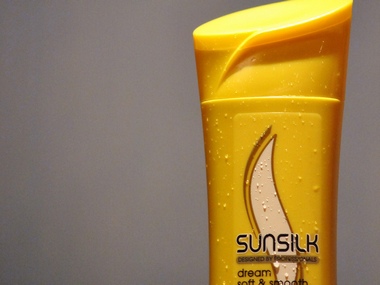They’re tales in contrast. ITC, the listed cigarettes-to-consumer goods conglomerate, saw its shares rise 2 percent, while Hindustan Unilever Ltd (HUL), the largest consumer company, saw shares decline 1 percent on Thursday when both announced their June quarter results.
The divergent reaction of the stock market to earnings announcements by the two companies had its own story to tell: it’s about differing expectations about their future.
ITC, backed by some solid profit growth in cigarettes and hotels, posted a 24 percent growth in the net profit at Rs 1,330 crore against a CNBC-TV 18 poll forecast of Rs 1,271 crore. HUL also topped analysts’ estimates by reporting an 18 percent growth in the net profit at Rs 627 crore.
The key point of difference is profitability through operations, which is stronger in ITC than in HUL. ITC’s strength comes from its cigarette business, which is more or less recession-proof and is a near monopoly. HUL has no such monopoly guarantees, and faces sharp price competition, including ITC.
If HUL’s net profit number still look good, it’s because of one-time incomes that boosted the net profit. The company’s core operation of selling personal products has, in fact, witnessed an erosion of profitability and profit margin.
The soaps and detergent segment (Lux, Surf and others), which accounts for 45 percent of the company’s revenue, reported a decline in profit before tax and interest (PBIT). The PBIT as a percentage of revenue for this segment fell to 9.2 percent from 10.9 percent. This means it is not able to pass on higher input costs to consumers. A similar trend was seen in other product categories like beverages (Taj Mahal tea and Bru) and packaged foods (Knorr and Walls ice-creams).
The company seems to have concentrated on maintaining margins in the personal products segment. HUL, the maker of Ponds, Nivea, Pepsodent and other personal products, saw revenue and profitability in this segment grow in tandem.
The company has also cut advertising spend this quarter in line with the plan announced at the beginning of the financial year. This is part of a cost-saving programme announced by Unilever globally. The advertising spend was cut to 11 percent of net sales from 15 percent in the quarter ended June 2010. For a company that needs to constantly focus on brand recall and be ‘on the ball’ as far as competition is concerned, a cut in advertising expenditure may look good in the short term, but may cost it sales over the medium term.
Watch video:
ITC’s net profit rose sharply, led by the cash-cow business of cigarettes, which accounts for 75 percent of profits before interest and taxation. The PBIT margin rose to just under 30 percent from 28 percent in the June 2010 quarter. Over the past few years, ITC has concentrated on increasing the revenue share of non-cigarette businesses. The cigarette business accounts for 64 percent of the gross revenue of ITC, but a higher share of profits.
During the June 2011 quarter, the cigarette business reported a sales growth of 12 percent. The non-cigarette business boosted revenue by 80 percent. This shows the conscious effort the company has made shift its business mix.

In the non-cigarette consumer space, where ITC seems to be making significant inroads with brands like Sunfeast, Bingo, Fiama Di Wills among other products, the company reported a 20 percent growth in segment revenue. The segment losses declined to Rs 76 crore from Rs 89 crore in the June 2010 quarter. ITC has forced a significant competitive pricing in the food space.
The company reported a strong growth in profit before interest and tax in the hotels segment. ITC witnessed pressure on profit margins in agriculture and paper segments. However, the company more or less managed to maintain profits.
)
)
)
)
)